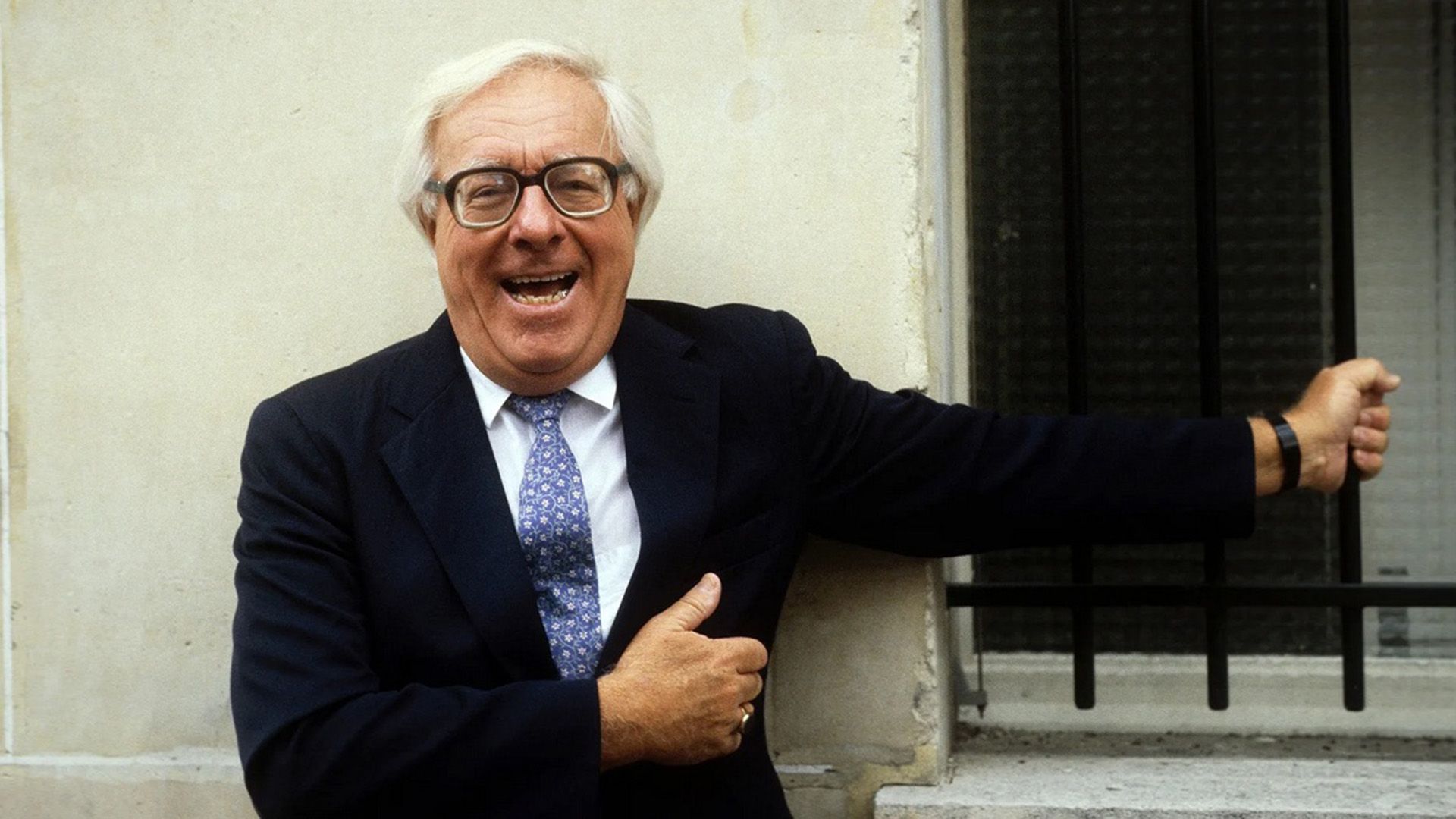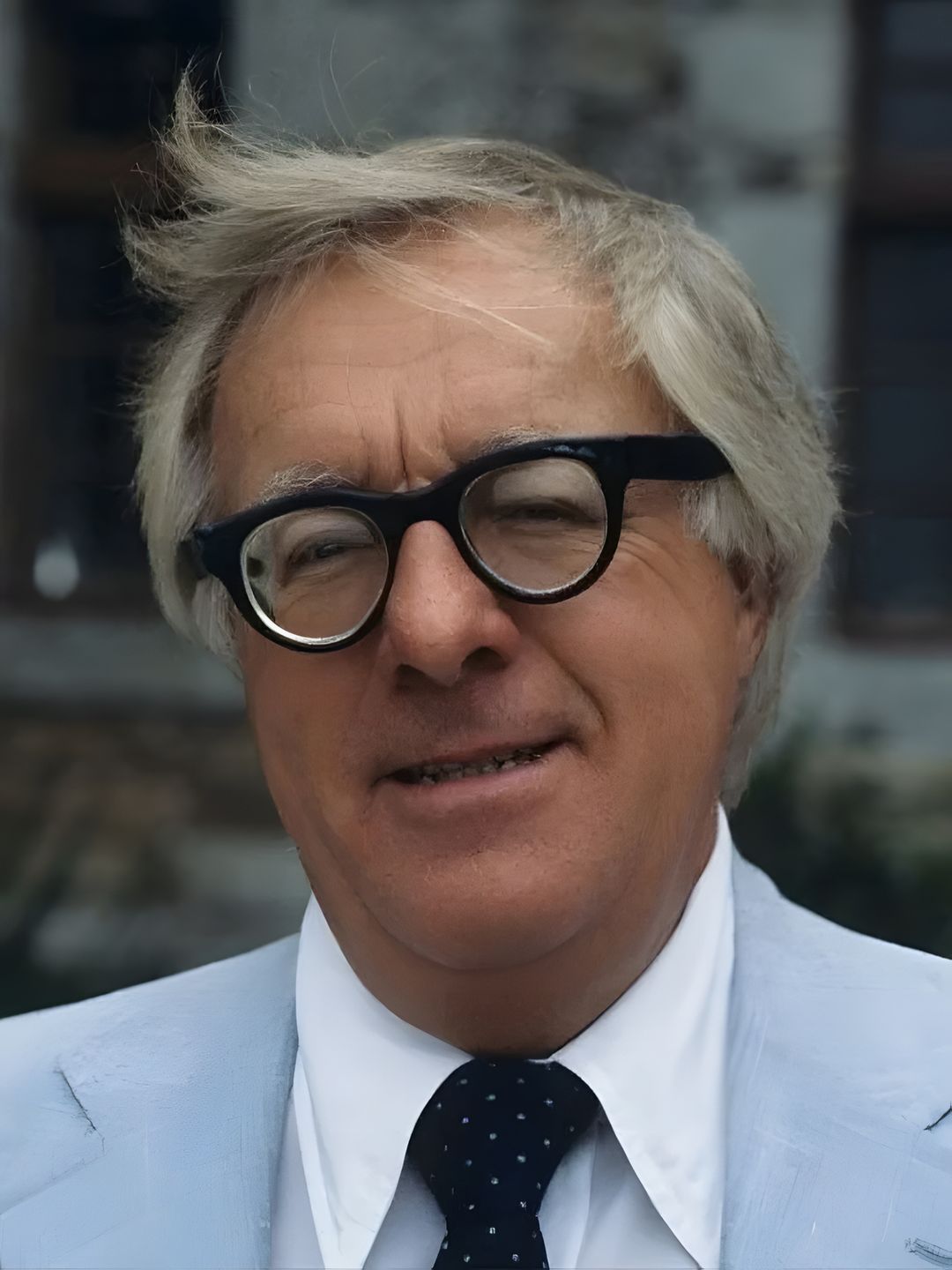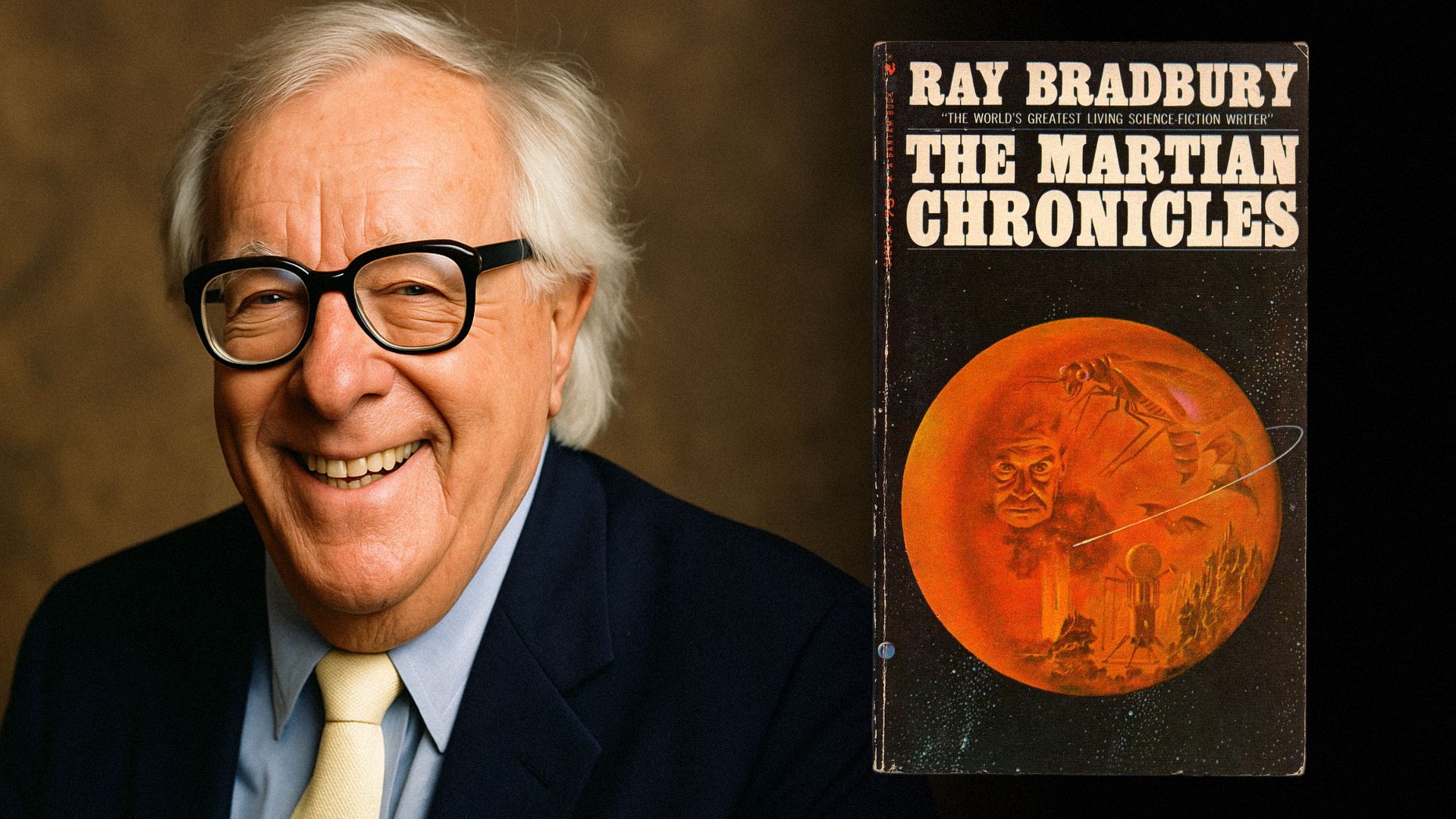Biography of Ray Bradbury
Ray Bradbury is a famous American writer, author of more than eight hundred literary works, including novels, short stories, scripts, and plays. He earned prestigious honors including the Bram Stoker Award and the Pulitzer Prize. Readers dubbed him the "Master of Science Fiction," though his work spans far beyond the genre. He also mastered psychological prose, dystopian fiction, and "intellectual horror." Author of "Fahrenheit 451," "A Sound of Thunder," "Dandelion Wine," "The Martian Chronicles."
Childhood, Youth, Family
Ray Douglas Bradbury was born in the summer of 1920 to Leonard Spaulding Bradbury and Marie Esther Moberg in Waukegan, Illinois. His father was English, tracing his ancestry back to the first American settlers. On his mother's side, Ray had Swedish roots.Family legend tells of his great-grandmother Mary narrowly escaping execution in the Salem witch trials of 1862.
The impressionable boy soaked up everything around him, but nothing affected him more deeply than learning about his older brother Sam's death—Sam was the twin of his surviving brother Leonard. Later, he also experienced the deaths of his little sister Elizabeth and his beloved grandfather. These early encounters with death would profoundly shape his writing.
The Great Depression hit the Bradbury family hard—his father couldn't find work in their hometown. In search of a better life, they moved to Los Angeles. Life remained tough, but things were a bit easier there. Plus, the family's younger members became captivated by movies—being so close to Hollywood was intoxicating. Bradbury recounted that he once managed to have his picture taken with none other than Marlene Dietrich. He also saw other stars of the time.
At 12, Ray decided he'd become a great writer and actually tried to "finish" Edgar Rice Burroughs' "The Warlord of Mars" because the family couldn't afford to buy books. There was none for college education either. After high school, he took a job at a newspaper stand and spent every evening at the library. Later, as a celebrated author, he proudly claimed he got his real education in that "kingdom of books."
Writing Career
Ray's literary career officially began in 1937 when he joined the Los Angeles Science Fiction Society (LASFS). It was through the League that he got help publishing his first story, "Hollerbochen's Dilemma."The story appeared in Forest Ackerman's fanzine "Imagination!" in January 1938 but went completely unnoticed. Bradbury admitted, "No one liked my story. I also think it was terrible."
World War II's outbreak had a profound impact on the budding writer. He began exploring what the future held for humanity and the dangers it would face. These thoughts turned into a series of stories that Ray published in his magazine "Futuria Fantasia."
Unfortunately, due to funding problems, only four issues were published. However, Bradbury's stories "Don't Get Technatal," and "The Pendulum" appeared on its pages.
The 27 stories written between 1943 and 1947 formed the basis of the collection "Dark Carnival." Critics described Bradbury's early work as rather "dark," influenced by Edgar Poe. The king of horror, Stephen King, later noted that Bradbury's early stories had a huge impact on his writing style.
However, in 1947, Bradbury's first book did not cause a stir. Success came only in 1950 when his novel "The Martian Chronicles" became an instant bestseller.
The work that catapulted the American writer to worldwide fame first appeared in the new magazine "Playboy." This was the famous novel "Fahrenheit 451," which was later reprinted many times.
The book immediately attracted directors. The first feature film of the same name was released in 1966 by François Truffaut. Soon, Ray became fascinated with cinema and wrote many scripts, including the television series "The Ray Bradbury Theater," which aired for seven years.
But Bradbury didn't rest on his laurels. With renewed enthusiasm, he stuck to his rule: not a day without a story. Soon, from such short texts, Bradbury created his most autobiographical novel, "Dandelion Wine." Readers and critics noted how the author's tone changed over the years and how vividly he portrayed his characters. Another novel, "Something Wicked This Way Comes," was published in 1962.
Twenty years later, at Walt Disney Studios, a film was made based on this novel, titled "Something Wicked This Way Comes," which won two Saturn Awards. The story "A Sound of Thunder" also appealed to directors and became the basis for the thriller "The Butterfly Effect." The main roles were played by Ashton Kutcher and Amy Smart.
Viewing his society as consumerist, Bradbury mercilessly criticized the lack of spirituality and people's indifference to the future. He expressed these thoughts, for example, in the story "The Smile."
Nevertheless, Bradbury's works possess an inexplicable optimism and hope that humanity will come to its senses and do everything to make the future bright and stable, and for people to become kinder and more tolerant of each other.
Ray Bradbury's Personal Life
He met his future wife, Marguerite McClure, when he was just starting his writing career. She worked as a saleswoman in a bookstore, loved French, Italian, and English history, and studied linguistics.Ray was only 19 when he first fell madly in love, but it was Maggie who became the love of his life. They married in 1947, even though both were completely broke.
They rented a tiny room, and Marguerite worked for both of them, believing her husband would become a great writer.
Two years after their wedding, their first daughter, Susan, was born. She was followed by three more daughters: Ramona, Bettina, and Alexandra.
The writer admitted that he was surrounded by love and cherished all his girls, dedicating the novel "The Martian Chronicles" to his wife.
The Death and Legacy of Ray Bradbury
Just before his 80th birthday, Bradbury suffered a stroke that left him bedridden and wheelchair-bound for his final 11 years. However, he managed to finish his last novel, "Farewell Summer," and wrote several more stories.On June 5, 2012, the great science fiction writer passed away. Ray Bradbury was laid to rest with full honors at Westwood Village Memorial Park Cemetery in West Los Angeles.
The author left behind an incredible literary legacy and continues to be celebrated today. Films, plays, and musical compositions are still being created based on his novels and stories.
Interesting Facts
- Ray Bradbury felt he wrote his first truly compelling story at age 22. Sitting at the typewriter, he finished the story "The Lake," and when he placed the final period, he suddenly burst into tears. He realized those ten years of struggle had finally paid off. Later, the story was included in one of the writer's collections.
- Bradbury admitted he couldn't write at all until around seventeen, but he'd dreamed of becoming a famous writer since age twelve. Ray got a job at a newsstand and in the evenings went to the library, calling books his greatest passion. He adored Rudyard Kipling and Charles Dickens, Herbert Wells, and Jules Verne. Reading their books, Bradbury decided that every morning, as soon as he woke up, he would write one short story. He stuck to this routine until it became second nature.
- Bradbury wrote with such passion that he barely paid attention to his character names. For example, the heroes of the novel "Fahrenheit 451" were named Montag and Faber, which later turned out to be brands of writing paper and pencils.
Important Life Events
- 1937: Joined the Los Angeles Science Fiction Society.
- 1938: Published his first short story, "Hollerbochen's Dilemma," through the League.
- 1941: Published the short story "The Pendulum."
- 1947: Published his story collection "Dark Carnival." Married bookstore clerk Margaret McClure.
- 1950: Published the novel "The Martian Chronicles."
- 1951: Published the collection "The Illustrated Man."
- 1953: Published the novella "Fahrenheit 451" (adapted into a 1966 film) and the collection "The Golden Apples of the Sun."
- 1955: Published the collection "The October Country."
- 1957: Published the autobiographical novel "Dandelion Wine."
- 1959: Published the collection "A Medicine for Melancholy."
- 1962: Published the novel "Something Wicked This Way Comes."
- 1964: Published the collection "The Machineries of Joy."
- 1977: Published the novel "Long After Midnight."
- 1984: Won two Saturn Awards for the screenplay of "Something Wicked This Way Comes" and for Best Fantasy Film.
- 1985: Wrote and published the novel "Death Is a Lonely Business." The TV series "The Ray Bradbury Theater" began airing.
- 1988: Received the "Grand Master" title.
- 1989: Won a Bram Stoker Award.
- 1990: Wrote and published the novel "A Graveyard for Lunatics."
- 1993: Published the collection "The October Country."
- 1994: Won an Emmy Award.
- 1996: Published the collection "Quicker Than the Eye."
- 2002: Received a personal star on the Hollywood Walk of Fame.
- 2006: Wrote and published his final novel "Farewell Summer."
- 2007: Won a Pulitzer Prize and became a Knight of the Order of Arts and Letters in France.
- June 5, 2012 – Date of death.


